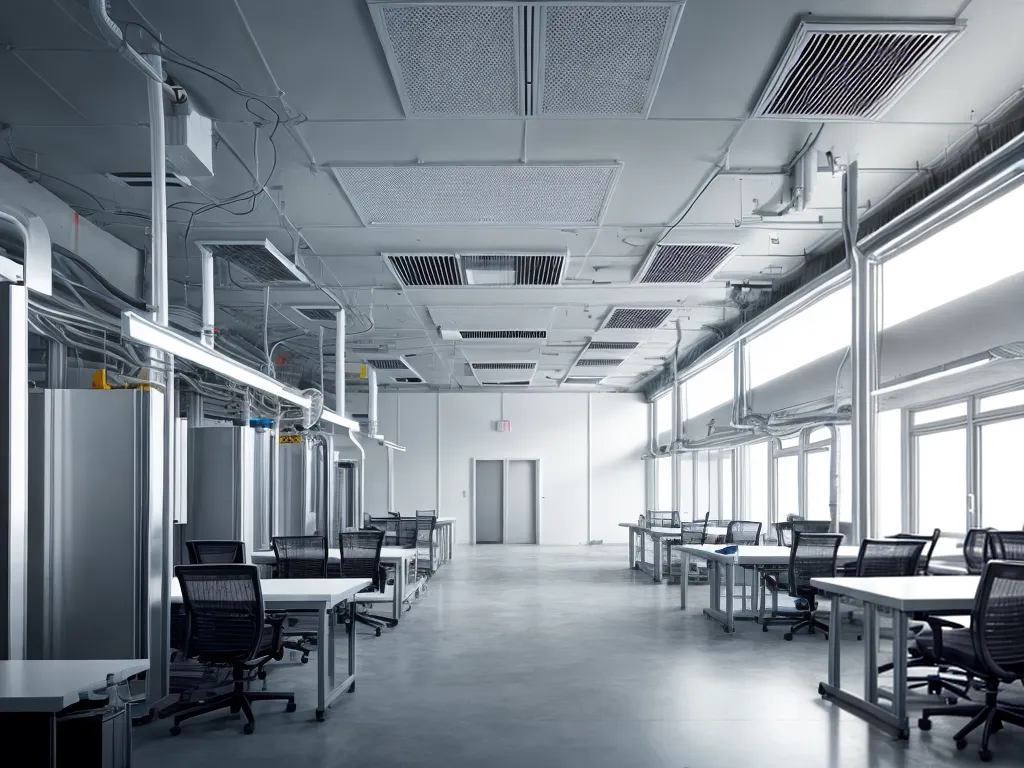
Reducing energy costs in a commercial building can seem daunting, but implementing even small improvements to your electrical system can add up to major savings over time. As the facility manager, you have significant control over your building's energy use and costs. With some strategic upgrades and behavioral changes, you can drastically cut your commercial electrical expenses.
Perform an Electrical Audit
The first step is conducting a thorough electrical audit of your building. This will identify where you are losing energy and money so you can target the most impactful areas.
Examine All Electrical Systems and Equipment
Carefully evaluate all electrical infrastructure and inventory all devices that consume electricity. Look at:
- Lighting - Office and hallway lights, exterior lighting, signage and parking lot lights
- HVAC - Air conditioning, heating, ventilation
- Appliances - Water heaters, refrigeration, kitchen equipment
- Electronics - Computers, monitors, printers, copiers
- Motors - Elevators, pneumatic systems, heavy machinery
For each, note inefficiencies like old technology, inadequate controls and unnecessary constant operation. This paints a full picture of energy waste.
Analyze Utility Bills and Demand Charges
Thoroughly review at least 1 year of utility bills to identify seasonal spikes and trends in kWh usage. Note demand charges, which are based on your highest energy use each month. Reducing peak demand saves money.
Conduct Energy Use Measurements
Use tools like a power meter to measure the electricity consumption of various systems. This quantifies savings opportunities. Prioritize the largest energy users.
Upgrade Inefficient Lighting
Lighting accounts for up to 40% of a commercial building's electricity. Upgrading old lighting cuts costs dramatically.
Switch to LED Bulbs and Fixtures
Replace all lighting with LED bulbs and fixtures. LEDs use at least 75% less energy than incandescent bulbs and last 25x longer. The return on investment is less than 2 years.
Install Occupancy Sensors
Occupancy sensors turn lights on when motion is detected and off after an absence. Install these in bathrooms, hallways, meeting rooms and other low traffic areas.
Use Daylighting and Skylights
Strategically placed skylights and windows maximize natural daylight to offset electric lighting. Installing more can be cost effective.
Retrofit Fluorescent Tubes
Replace T12 fluorescent tubes with modern T8 or T5 tubes with electronic ballasts. Using reflectors also amplifies light.
Improve HVAC Efficiency
Heating and cooling accounts for roughly 40% of a commercial building's energy. Optimizing HVAC systems reaps big rewards.
Clean HVAC Components
Clean air ducts, coils, blowers and heat exchangers regularly to maintain proper airflow and efficiency. Clogged systems waste energy.
Upgrade HVAC Controls
Smart programmable thermostats only heat/cool when needed. Zone control optimizes different building areas. Variable frequency drives on motors save energy.
Seal Air Leaks
Sealing cracks and gaps around windows, ducts and pipes retains cooled/heated air. Weather stripping helps too. This improves efficiency.
Add Insulation
Adding insulation reduces heat transfer through walls, ceilings and ducts. Prioritize areas with poor insulation.
Upgrade Equipment
Replace aging units with ENERGY STAR certified HVAC systems. New technologies like heat pumps dramatically improve efficiency.
Switch to Efficient Plug Loads
The many plugged-in devices in a commercial building are called "plug loads". Upgrading these reduces wasted "vampire" power.
Buy ENERGY STAR Electronics
When replacing old devices, buy ENERGY STAR certified electronics. These use 30-75% less power when off or idle.
Install Smart Power Strips
Smart power strips sense when a primary device like a desktop computer is off and cut power to peripheral devices like monitors and printers.
Enable Sleep Settings
Enable sleep mode and power management settings on computers, printers, TVs and other devices to avoid idle power waste.
Replace Old Appliances
Appliances over 10 years old are highly inefficient. Replace old refrigerators, dishwashers, water heaters, etc. with ENERGY STAR models.
Monitor Energy Usage
Ongoing monitoring and management keeps electrical usage optimized over time.
Install an Energy Management System
An energy management system monitors real-time consumption from a central dashboard and identifies problems. Advanced analytics also help optimize energy use.
Perform Regular Audits
Conduct electrical audits quarterly and identify new sources of energy waste or emerging problems before they escalate. Stay vigilant.
Encourage Employee Behavior Change
Educate staff about energy efficiency and assign responsibility for daily actions like turning off lights and equipment. This motivates engagement.
Taking a strategic approach to cutting commercial electrical costs through equipment upgrades, process improvements and behavior change can reduce energy usage by 20-50%. With rising energy prices, the savings are well worth the investment. Conduct an electrical audit and start implementing changes for a more efficient, cost-effective building.